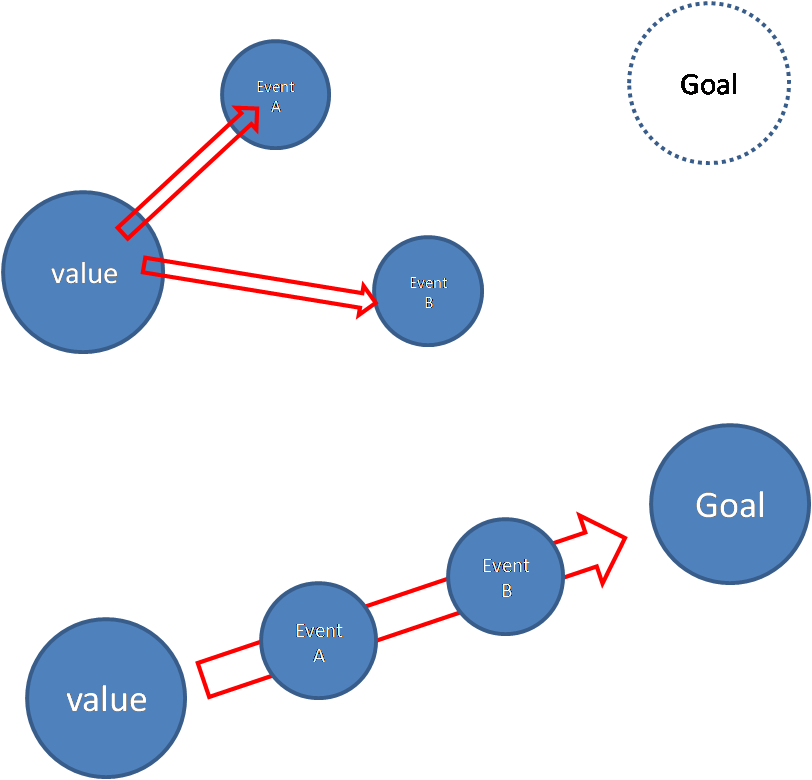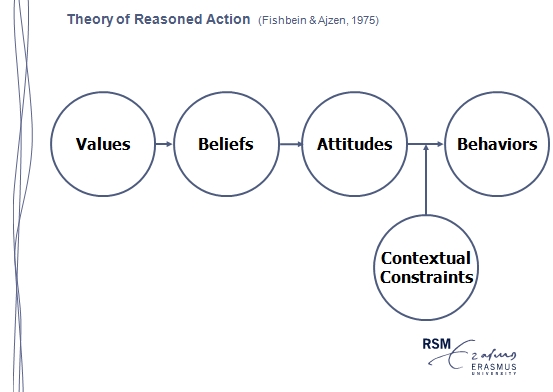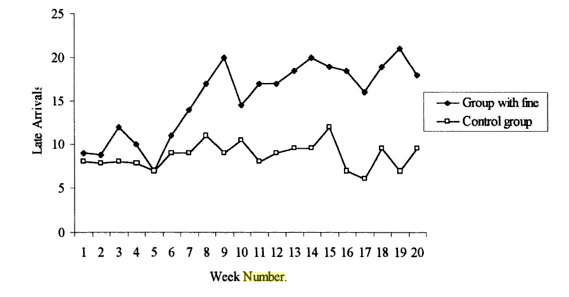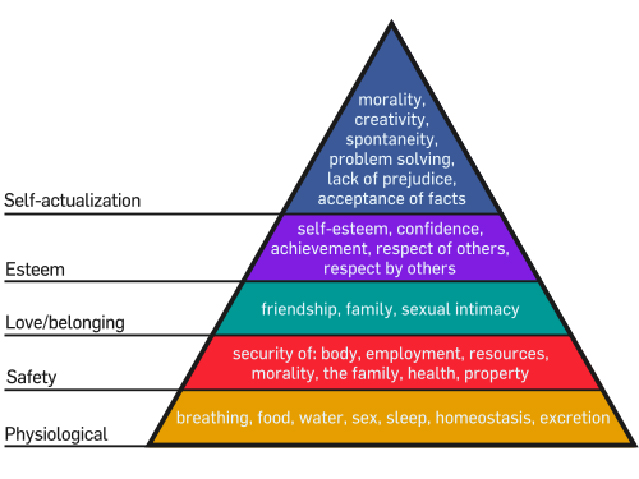Once again pay my respect to Professor Clayton M. Christensen who I admire his insight of management from my heart.
--------------------
Eli Lilly and Company: Innovation in Diabetes Care
Myung Joong Kim
|
S |
W |
|
Sustainable main earning model : Prozac Success in competition history keeping confidence: Humulin, Match, CDS Good localizing and fast-adjusting system: Affiliates at country that Lilly has significant position Aligned regional MKT and financial and accounting system Experience from leading in Augmented product: CDS |
Unclear to measure profit of specific product lines Unaligned NPD function and MKT function: Diabetes Care Business Unit and regional Affiliates Wasting control resource: Affiliates Considerable, but too conservative: Two committees for NPD decision |
|
T |
O |
|
Changing of condition of Customer : For Doctor, Sales method need to change: detailing à ? Different object Company: Source investment, such as Long-term investment and trial time. Customer: Convinent and health, such as rate of glucose flow, cost to buy Difference between pace of innovation and that of development Market changing from low involvement to high involvement: Insulin à solution program choice of end-user: from functional to emotional |
High cost to entry for market New methods for approaching NPD: selling education service CDS, long-term patient behaviour modification service New Methods for approaching NMD: Information technology Tool for Seeds move to Needs: Portable blood glucose meters Low involvement: Insulin is a commodity for patient Changing product concept: Clearly Core to Tangible, even Augmented |
SO strategy:
a. Customer convenience focusing re-modelling(repakeging) about competitor’s NPD that use new compound. For this, utilize regional Affiliates to catch customer reaction for the competitor’s NPD at the same time, to process for government approval in the regional market.
b. As long-term development, researching tablet type Insulin for Type 1 patients, tablet that has similar shape like Prozac and marketing approaches, for instance old-fashion Prozac imitation TV advertisement to Youtube. In this stage, adapt diffusion of Innovation concept(1962) to information technology, for instance social network.
c. Consulting supplying contract with non-diabetes service place. Provide service to supply Lilly’s medicine and know-how from CDS. Because it is new-coming business model(assume as the Text), only few place can be a direct-target at the first stage.
d. Since our core-product is Insulin that is Life-commodity for patients and their family, Lilly should focus human itself, not profit or other benefits in every single internal and external communication activities.


 invalid-file
invalid-file

